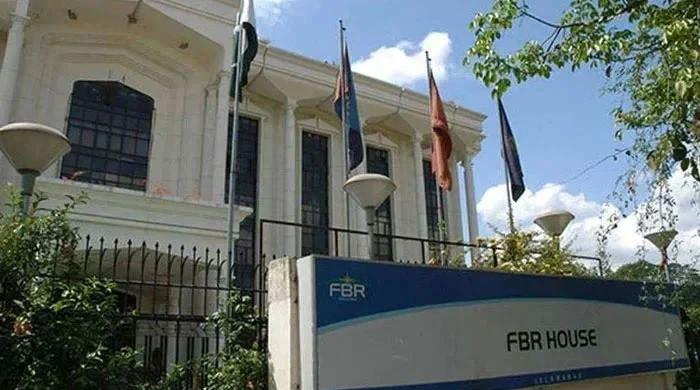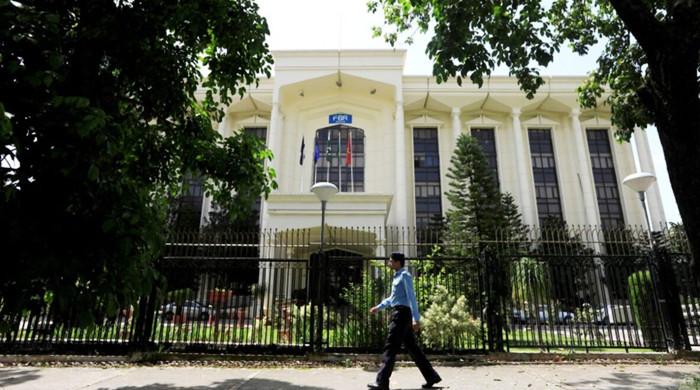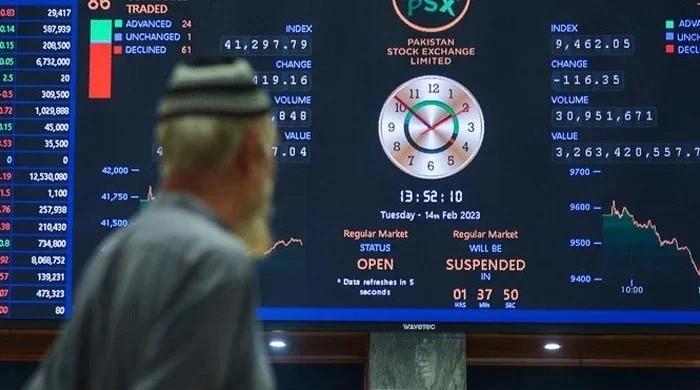Thanksgiving dinner cost dips, but still 25% above 2019 levels as US inflation bites
Main contributor to Thanksgiving dinner cost is the price of 16-pound frozen turkey, which is declining
November 15, 2023

As Americans prepare for Thanksgiving, a sense of relief comes with a slight dip in prices compared to last year's record highs.
However, the annual American Farm Bureau Federation survey indicates that while there is a 4.5% decrease from 2022, a traditional feast for 10 will still cost 25% more than it did in 2019, amounting to $61.17 or approximately $6.12 per guest.
The main contributor to the price drop is the declining cost of a 16-pound frozen turkey, accounting for 45% of the total meal cost at $27.35—a 5.6% reduction from 2022. Other items experiencing a price decline include whipping cream (down 22.8%), cranberries (down 18.3%), cubed stuffing (down 2.8%), and frozen peas (down 1.1%).
However, pumpkin pie mix (up 3.8%), dinner rolls (up 2.9%), and sweet potatoes (up 0.3%) will see a slight increase in cost.
Regional variations are notable, with people in the Northeast expected to pay the most ($64.38 on average), while those in the Midwest will spend the least at $58.66.
Despite this year's drop, the survey underscores a 25% increase in Thanksgiving meal costs compared to 2019, primarily due to inflation. The Wells Fargo Agri-Food Institute predicts an even larger decrease than the Farm Bureau's estimate, at 9% from the previous year.
Discrepancies arise in specific items, as turkey and fresh cranberries see price reductions, while ham, canned green beans, russet potatoes, and beer become more expensive.
In the broader economic context, inflation, though easing, remains above the Federal Reserve's 2% target. Consumer prices rose 3.2% annually in October, with grocery prices experiencing a 2.1% increase this year.
Grocery prices have been volatile due to rising feed and fertilizer costs, extreme weather events, and persistent supply chain challenges. Despite recent fluctuations, grocery prices have surged nearly 17% over the past two years, impacting 59.5% of Americans who report struggling with food costs.











